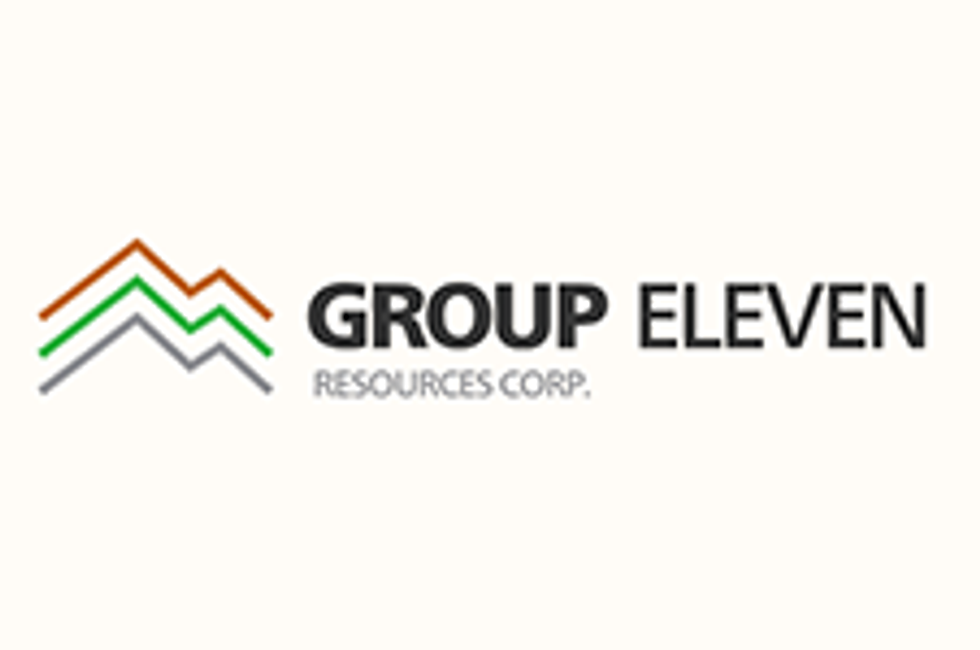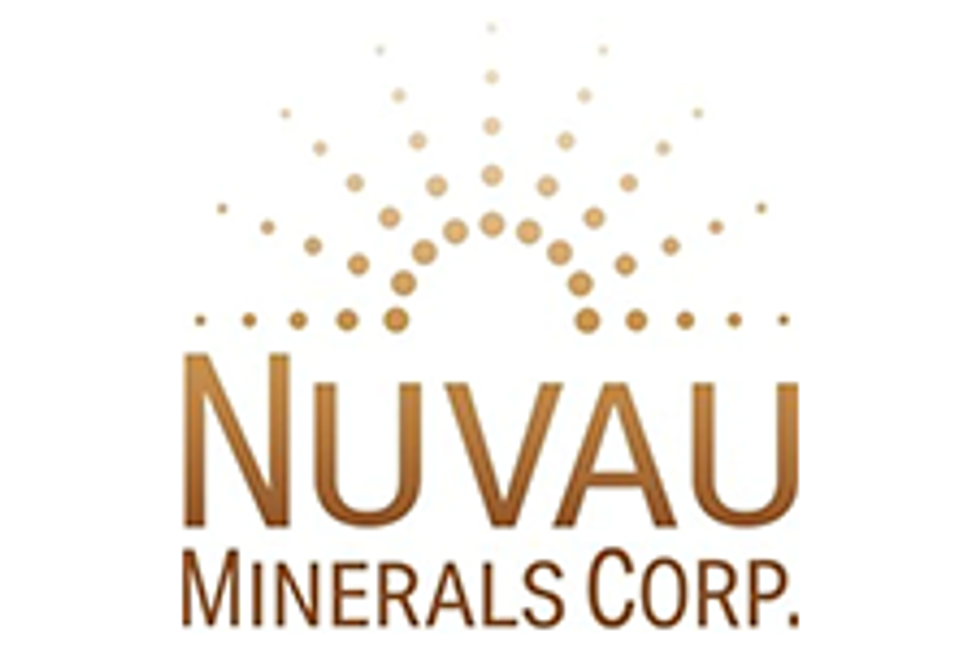Zinc miners and smelters will descend on Mexico next week to hash out metals pricing for the coming year.
The biggest zinc conference of the year kicks off this weekend.
Producers and buyers will gather in Cancun from February 24 to 27 for the 2013 International Zinc Conference. One of the main items up for discussion will be metals pricing.
The annual conference usually comes with a benchmark zinc deal. This agreed-upon price for zinc concentrate will tell a lot about the direction the metal will take during the year ahead.
Pricing in the zinc market has had a question mark hanging over it for years now — the market has been in supply-demand surplus since 2006, according to the International Lead and Zinc Study Group (ILZSG).
The past year was no exception. The ILZSG recently reported that the zinc market showed a surplus of 153,000 metric tons (MT) during 2012.
Miners at the upcoming conference will undoubtedly point out that this amount is 52 percent lower than the 317,000-MT surplus that weighed on the market during 2011 and perhaps finally points to a coming correction in the balance between supply and demand.
Buyers will of course note that 153,000 MT is still a lot of metal without a home.
The China question
Another discussion point in the negotiations is sure to be China.
Chinese zinc concentrate imports sagged 34 percent last year, to 1.94 million MT, the lowest level since 2006, according to a Reuters article published earlier this month.
The lack of import demand comes as Chinese miners boosted zinc production by 20.2 percent during the year.
Overall, the Chinese market looks to firmly favor concentrate buyers. Government research house Beijing Antaike said last month that it expects treatment charges for zinc concentrate to double this year, to between $110 and $185 per MT. Last year, treatment charges ranged from $45 to $130 per MT.
That’s a sign of a market in oversupply. Smelters usually reduce their treatment charges when concentrate supply is scarce as they are looking to bring sellers into their facilities.
Antaike said it expects Chinese demand for imported concentrate to remain weak during the coming year, with the bulk of smelter demand being filled by burgeoning domestic output.
US zinc gone AWOL
Recent data from the US also paints a bearish picture.
American production of zinc concentrate remained strong in 2012 at 748,000 MT of contained metal, according to the US Geological Survey. That’s just 2.7 percent lower than the 769,000 MT produced in the US in 2011.
But the question is: where did that concentrate end up?
During previous years, almost the entirety of US zinc concentrate production was exported. In 2009, for example, America produced 736,000 MT of zinc in concentrate and ore and exported a commensurate 785,000 MT (the difference likely being composed of stockpiled concentrate).
In 2010, the market showed a similar pattern, with 748,000 MT of concentrate and ore produced and 752,000 MT exported.
But that changed in 2011, when exports fell to 660,000 MT, just 86 percent of the 769,000 MT produced that year.
New data shows that this gap widened in 2012. America produced 748,000 MT of concentrate and ore, but only exported 448,000 MT. That’s a 43-percent fall in exports from 2009 levels.
The decrease in 2012 exports means that some 300,000 MT of produced concentrate remained in the US. Some of it may have been absorbed by domestic refiners, but the bulk likely shifted into stockpiles. That indicates a major overhang in the concentrate market.
Whither the downstream market
The good news for zinc longs is that American consumption of refined zinc remained strong in 2012. US buyers used 942,000 MT of refined product during the year, up slightly from the 939,000 MT consumed in 2011 — and the highest level of consumption seen since 2008.
Other end users also had a healthy appetite. Refined zinc consumption increased in India and Korea, while end use in Japan and China was mostly flat.
The problem is Europe. Refined zinc consumption on the continent fell 5 percent.
Weighed by this drop, global zinc consumption fell slightly, to 12.7 million MT in 2012.
Producers corrected for this lost demand, with global refined zinc production scaling back 2 percent, to 12.9 million MT. This idling of refining capacity is part of the reason concentrate stockpiles have started accumulating.
Do zinc refiners see demand dropping further? Or are they simply taking a wait-and-see attitude by temporarily shutting down production in the face of uncertain markets? Pricing coming out of the upcoming zinc conference will give some indication of whether refiners are thinking about picking up the pace later this year. If they are, they may be more aggressive in trying to secure concentrate supplies — rather than risk being left out in the cold if global demand does turn around.
Dispatches from Asia
Recent news from some of those refiners gives hope that concentrate demand may be more brisk than expected.
India’s Hindustan Zinc (BSE:500188) reported in January that it has consumed the majority of its stockpiled concentrate, which is a bullish signal.
However, Hindustan has also stated that it plans to increase output from its captive zinc mines in India, raising the question of whether the Indian market will require substantial concentrate imports.
On the bleaker side, Korea Zinc Company (KRX:010130) reported last week that its operating profit margin for Q4 2012 was the lowest since Q2 2009 in the wake of financial crisis.
The refiner was hit by sluggish prices for its refined metal products, with zinc prices growing just 0.9 percent quarter-on-quarter. At the same time, prices paid by the company for zinc concentrate jumped 12.4 percent.
The news led analysts to conclude that the company will probably drop its bid price for concentrate going forward, a move that could weigh on negotiations in Mexico next week.
Securities Disclosure: I, Dave Forest, do not hold equity interest in any companies mentioned in this article.
Related reading:
Zinc Market Lags as ILZSG Reports 2012 Surplus


